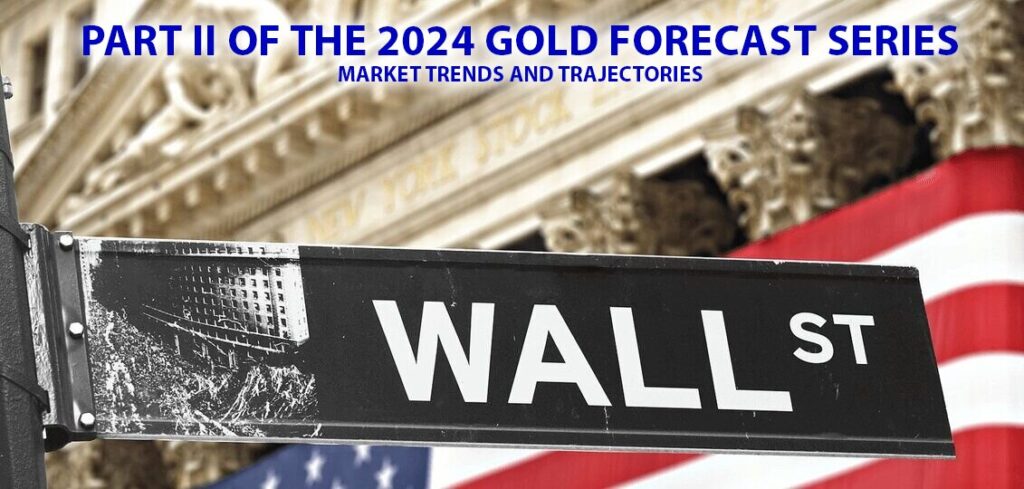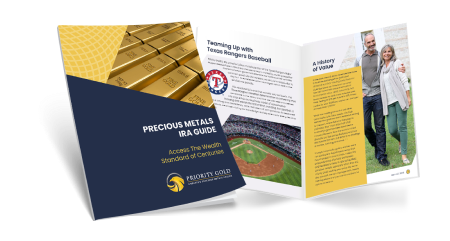Indicator Signals a Poor Year for U.S. Stocks
Dec. 29, 2017 5:29 PM ET
Summary
Surging P/E ratios and plummeting saving rates are hallmarks of bull markets.
During 2017, the U.S. stock market has been blessed by both.
But this blessing could easily turn into a curse in 2018 as P/E ratios cannot forever increase and personal saving rates cannot forever decrease.
As 2017 draws to a close, the ratio between the two has again reached euphoric highs indicating troubles ahead in 2018 for the U.S. economy and the stock market.
The very hallmark of a financial bubble is prices dislocating from current and historical fundamentals and reasonable expectations of future ones. For stocks, one such fundamental is GAAP earnings.
It is no secret that broad stock market indices move in cycles, partly caused by earnings. The cyclical nature of earnings explains why value investors focus on the underlying earnings power of a company. This is also in part the reason why these investors appraise the profitability of a company over time and do not solely base their decisions on whatever a company reported in earnings last quarter nor what it is expected to deliver in the next. Consequently, stock prices need to be compared to earnings over a longer period of time, and not just trailing 12-month earnings or expected earnings next year. Benjamin Graham recommended seven to 10 years (Security Analysis, 2nd ed, p. 686). Robert Shiller bases his CAPE (cyclically adjusted price earnings ratio) on 10-year inflation-adjusted earnings.
So when stock market prices dislocate completely from past earnings records, that is, when the P/E ratio surges and reaches record-high territory as is the case with the S&P 500 CAPE ratio now, it’s time to pay attention no matter what the level of interest rates – especially when they are on the rise.

Source: Robert Shiller
What is seldom talked about however (in my experience) is the profound economic importance of changes in money supply growth and how much people save, both of which play major roles in determining the ups and downs of an entire economy as well as stock market prices.
When savings drop, people consume more than they earn. When this happens over a period of time, people not only consume wealth, but simultaneously eat away at the rainy day cushion. When the much needed credit – and monetary expansion, which make living above means possible, tightens at the same time, economic problems become revealed in abundance. Not just for the people and families involved, but also for the economy as a whole. Today, personal saving in the U.S. is sliding faster than at any time during the last 42 years, even plummeting below the previous record lows from 2000 and 2006.

The result of this slide is a saving rate which is fast approaching the lows from the peak of the previous bull market. In fact, one of the things bull markets often have in common is spending vastly outpacing saving. This is underestimated and often ignored, but usual consequence of rapid monetary expansions and low-interest policies.

As 2017 draws to a close, the CAPE ratio for the S&P 500 index is among the highest ever recorded while the personal saving rate in the U.S. is near historical lows. Both are unfavourable for future stock market returns. Presenting this relationship in ratio form with arrows representing bull markets, the ratio is now at or near the extreme levels last seen in 2006/2007 and Q1 2000 – both of which preceded stock market crashes and bear markets.

In no unambiguous terms, the current reading oozes of trouble ahead. If not immediately, then soon. Combined with key interest rates on the rise (including the fed funds rate, LIBOR and the bank prime loan rate) and money supply – and bank credit growth tanking throughout most of 2017, betting on corporate earnings growth to restore the balance seems like a long shot.

This time is not different, it never was – it was simply more, lots more, of the same that always push stocks to record highs and the economy toward the brink: Easy monetary policies and fiscal extravagance. Yet more of the same may not do the trick next time though as ZIRP has run out of zeros and as monetary expansion has run out of savings to feed on. After all, easy monetary policies appear to work for one primary reason: It transfers savings to consumption and channels more (newly printed) money into asset prices to create the illusion that the wheels of the economy are still spinning or even spinning at a faster pace. This deception always works for a while, but only until it runs out of savings or distort the economy and its markets in some other way that brings forth a necessary corrective phase during which savings are at least partly restored.
As for record stock prices and the lofty P/E ratio, both are mere reflections of the vast expansion of the money supply and low interest rate policies the U.S. economy has been peppered with since early 2009 – none of which are sustainable. Neither is an ever-declining personal saving rate. That is why the CAPE to personal saving ratio is an important one and could very well have predictive powers this time around as well.
Source: The ‘CAPE To Saving Rate’ Ratio Signals A Terrible 2018 For U.S. Stocks















